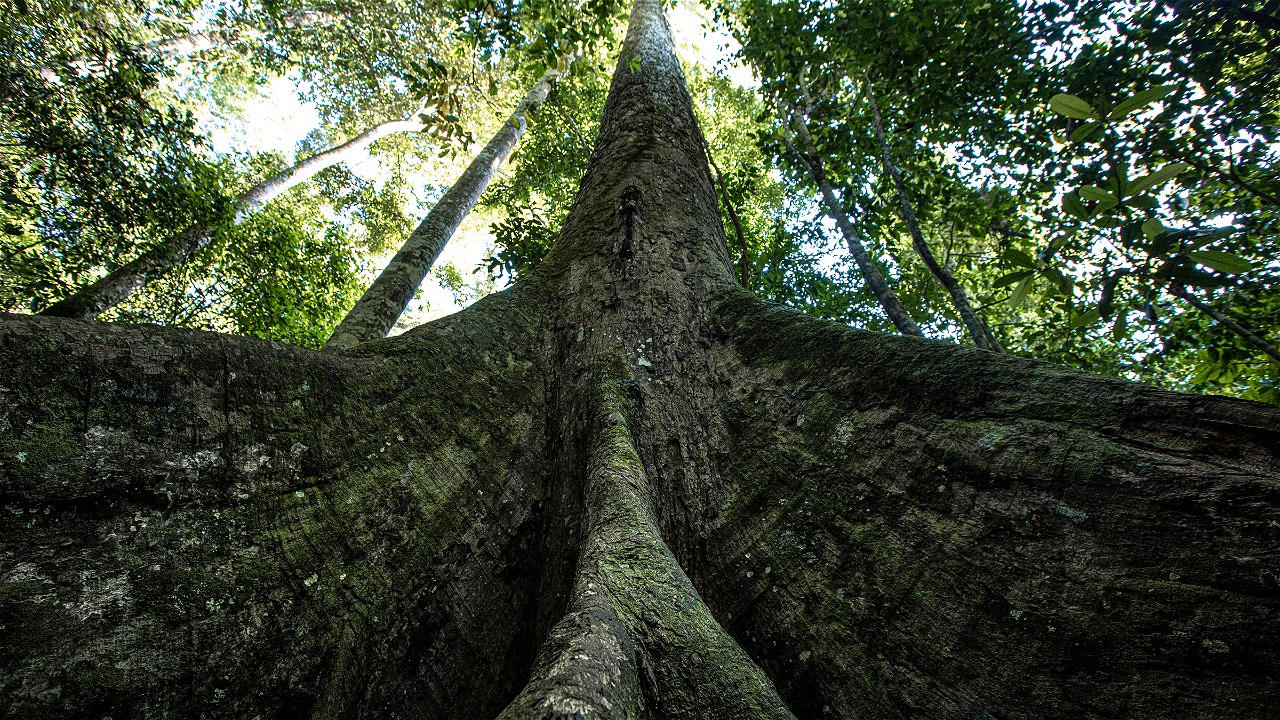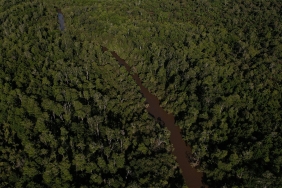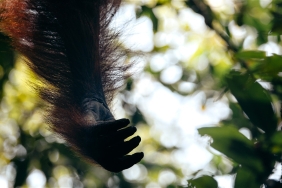ENSURE THE AVAILABILITY OF CLEAN WATER SOURCES
Sabah, a state in Malaysia, has catchment areas that provide clean water and other ecosystem benefits to local communities and biodiversity. Although these water sources originate within protected areas, such as the Crocker Range Park, they are still vulnerable to climate change and human-induced destruction. It is imperative that catchments in gravity-fed supply (GFS) forests, especially state-owned forests, are protected from conversion to other land uses.
Farming and deforestation are the main threats to water catchments in the Labuk basin (Tambunan District), an area directly connected to the Heart of Borneo border.
Land conversion to extensive agricultural land has resulted in land subsidence and the use of agricultural chemicals, which may affect the GFS water supply. The presence of ornamental fish, due to small fish ponds used in tagal (indigenous community-based fisheries management), has the potential to displace native fish species in the river. In addition, climate change threats of weak currents, droughts and flooding have affected water quality in the area.
Water catchment area management
WWF-Malaysia is working with the government, communities, NGOs and local universities to address catchment management issues in Sabah. This aims to maintain the availability of clean water sources as well as other aspects of the ecosystem that contribute to the livelihoods of local communities as well as biodiversity conservation efforts. The project aims to improve the protection and management of upland catchment forests, enhance the restoration of key (aquatic) species, and also to increase the participation of local communities in catchment and other natural resource management.
Support for water catchment management
This project is expected to contribute to the Heart of Borneo goal - 'promoting conservation and protection for biodiversity through collaborative approaches to achieve sustainable resource management in the HoB by 2020'.
The project is focused on:
- Improving protection and sustainable management of forests in water catchment areas to maintain clean water sources as well as other ecosystem services based on best practices, sustainable land use principles and ecosystem approaches;
- Improving the management, conservation and restoration of fish species (especially conservation species) within the HoB, as well as
- Improving the capacity and participation of local communities in catchment and natural resource management in the project area that will provide welfare for the community as a whole
.
Outputs of this program:
- Should be able to benefit the advocacy of watershed protection;
- Provide information and tools to assist government and communities to further improve land use management of water catchment areas in the project area;
- Provides input for community engagement in terms of preparing them to adapt to the higher importance of instream flows, as well as community participation in conservation efforts in the catchment;
- Provides benefits to local communities in terms of capacity building to undertake activities that are sustainable and compatible with the nature around them, while at the same time being able to derive socio-economic benefits;
- Can contribute both directly and indirectly to national and state level programs to protect the environment and natural resources, and
- Improve the quality of life of the community.
*This article is adapted from HoB Factsheet 2012





